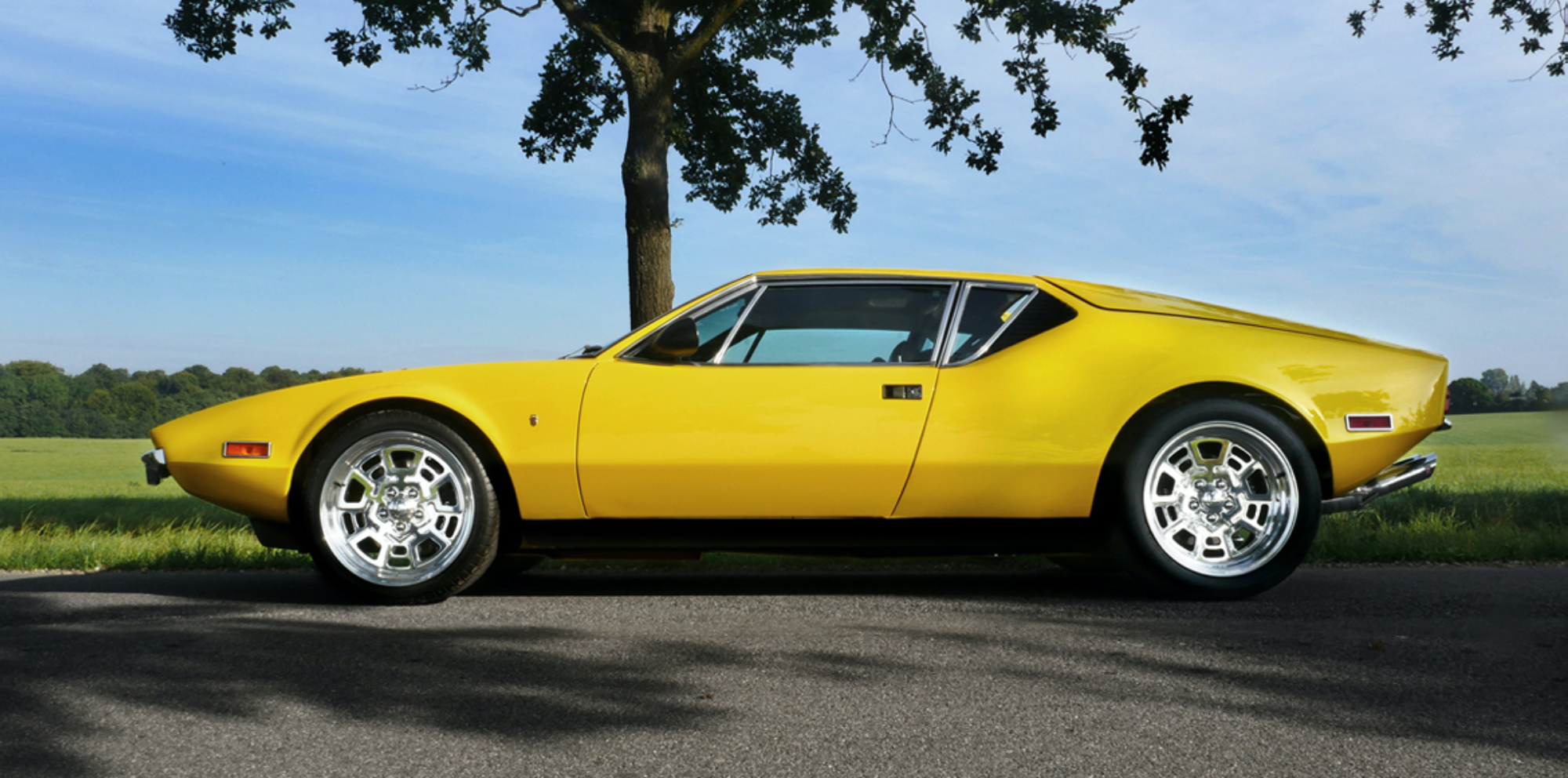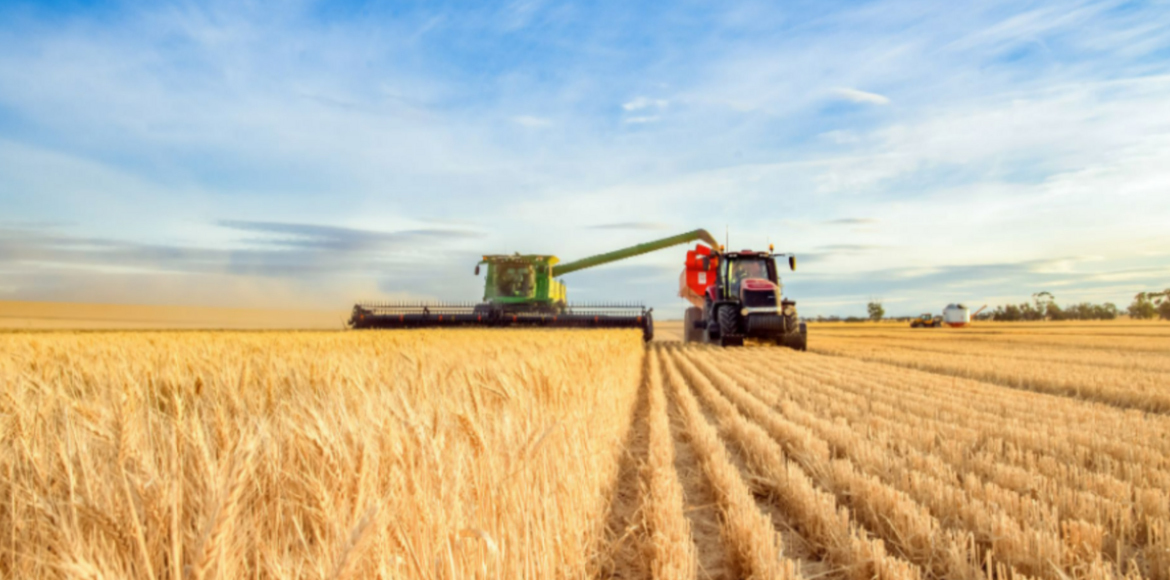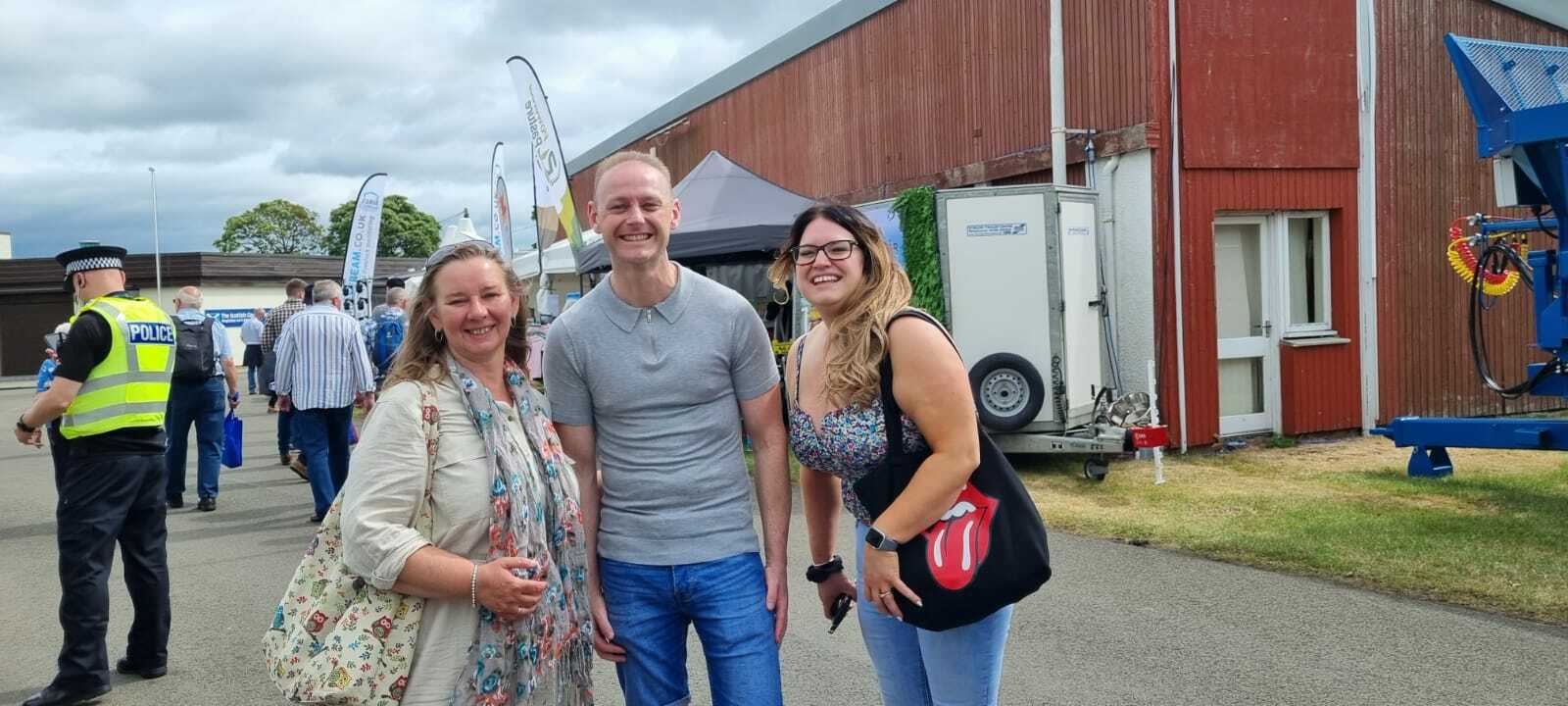Most car enthusiasts will concede that 2020 was an awful year for motoring. Yes, classic cars have continued to perform as an investment class, but ultimately these magnificent machines exist to be driven, and recent opportunities to drive have been in short supply.
So as the UK reopening gathers pace in the coming months, it’s worth looking at what’s happened in the world of classic cars since the start of the pandemic and what we might expect to see in 2021.
Buying patterns disrupted
The usual methods of buying and selling classics have gone out of the window during Covid.
In the past, most classic car buyers would want a physical viewing prior to any purchase. This has been impossible during the lengthy periods of ‘essential travel only’ and has decreased trade via classifieds, local listings, not to mention the underrated ‘for sale sign in the car window’ approach.
However, overall classic car sales have remained healthy despite the pandemic, driven by newer channels such as 24/7 online auctions and, in particular, by a younger audience of enthusiasts on the hunt for the ‘modern classics’ they experienced and admired when growing up. Traditional dealers and auction houses have also tried to increase their online activity, capturing more videos and photographs to drive sales or whet the appetite for future viewings.
In contrast, overseas investment in classics – usually at the top end of the market – has been complicated by Covid and Brexit. Many purchases have been postponed in the past 12 months due to concerns about logistics, currency fluctuations, or challenges in arranging physical viewings and test drives. Hopefully, this area will rebound quickly now there is some degree of Brexit clarity, and the travel industry is starting to emerge from its enforced hibernation.
Finally, some owners have been hit hard financially by the pandemic and may be considering trading in their classic vehicles. Again, I suspect this will apply more to modern classics than to older or extensively-restored models – these owners would probably sooner downgrade their homes than part with their vehicles!
‘Classic’ is the operative word
A life-long petrolhead may take pleasure in the most unlikely vehicles, including those in dubious physical condition. But from an investment perspective, every car enthusiast needs to be aware of the market position both for their vehicles and the vehicles they’re considering buying.
With interest rates practically non-existent, it’s understandable that more people are turning to classic cars – they’re ‘usable’ investments on which no capital gains needs to be paid.
However, they’re also a much longer-term investment unlikely to present a quick-win financially, particularly if the car needs restoration work or specialist maintenance and storage.
And there’s the growing problem of misrepresentation. We’re seeing more adverts – both online and on television – from retail car traders advertising modern classics that stretch the definition of the term to its limits. I’ve no doubt that brokers are going to see an increase in enquiries from customers who think they’ve bagged themselves a modern classic when, in fact, what they have on their hands is simply an old car.
As the UK pursues its post-Covid recovery roadmap, this is one area where a return to physical viewings – coupled with a bit of market education – may be needed to ensure buyers are getting value for money and cars worth driving.
Changing hands under tragic circumstances
Sadly, the bulk of Covid deaths have occurred across more mature age groups, which traditionally over-index when it comes to classic car ownership. Consequently, many younger audiences will have inadvertently entered the classic car market due to a loved one’s death.
While some of these vehicles will be sold, I’d guess that a decent number will be retained by their new owners, particularly where the cars in question held deep personal significance to their former owners. In the fullness of time, there may be opportunities to cultivate genuine enthusiasm amongst this audience; in the short-term, even reluctant owners will likely need some help understanding what sort of insurance they need to protect their vehicle.
Car show no-go
Car shows and club meetings have been decimated due to the pandemic. The show ‘season’ is generally April to September, which last year meant that practically everything was cancelled, either due to lockdown or due to uncertainty about the ever-changing on-the-ground situation.
There have been precious few opportunities for enthusiasts to show off their shiny metal. So it’s no surprise that, on social media, we’ve seen a massive increase in car content, helping owners keep in touch with other club or forum members and share ideas for future events.
While we’ll lose the first half of show season once again this year, I think more enthusiasts are starting to feel optimistic about the prospects of attending a few meet-ups a little bit later in 2021. It’s certainly something we can all look forward to, and who knows, perhaps it will be accompanied by a bit of a spending splurge on classics.
Cautious optimism on the road ahead
There will still be caution and hesitancy in how quickly people return to their enthusiast passions. But with the vaccination programme proceeding at pace, it looks increasingly likely that, within the next six months, the world of classic vehicles will finally start to resemble its former self.
It will be fascinating to see whether recent buying and investment trends persist in the post-Covid world, but whatever the case, I think most of us will just be happy being back on the road.






